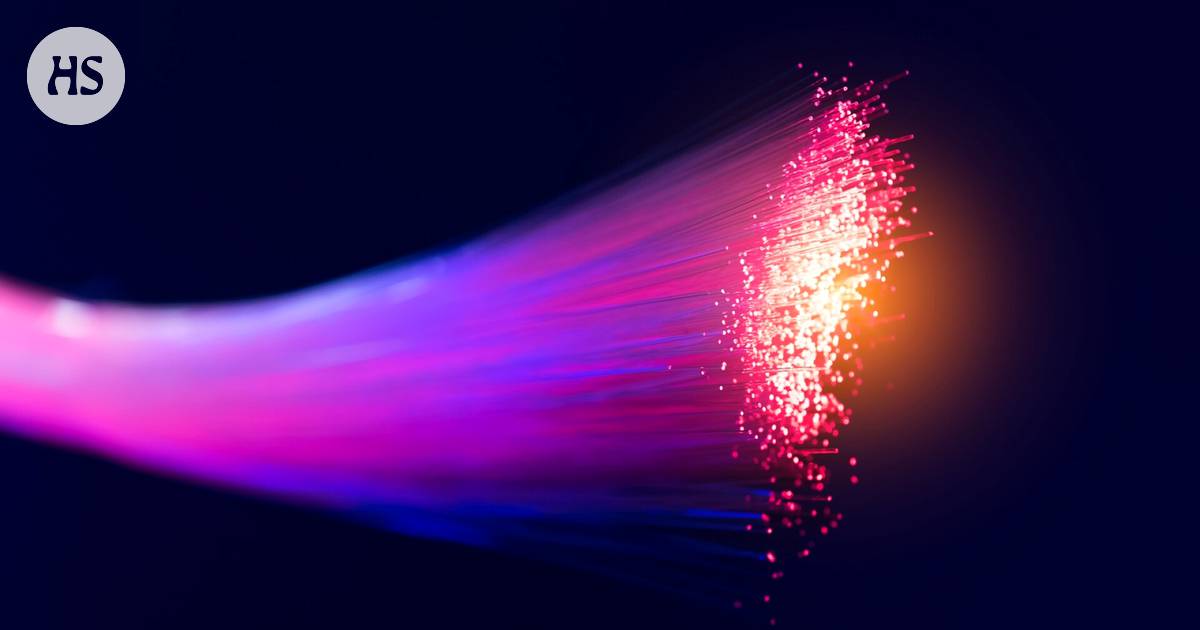All communication from streaming services to e-mails is basically a huge stream of bits from one device to another. An international research team has set a bit transfer record.
For the first time in the world, they managed to transfer as much as 1.8 petabits of data per second using only one laser and one optical microchip.
One petabit means one million gigabits. In the test, twice as much data as the entire Internet traffic moved in one second.
The achievement is illustrated by the fact that good home internet connections move data at a couple of hundred megabits and peak connections at a gigabit per second. With the new optical chip, a transfer speed of a million times is reached.
Swedish Professor at Chalmers University of Technology of the Victor Torres Company the chip developed by the group was able to do what with today’s technologies would have required more than a thousand separate lasers.
The current internet is largely based on fiber optic cables, where information travels as light. Company and its colleagues also used approximately eight kilometers of fiber optic cable in their experiment.
A special feature of the experiment was an optical chip that works as a so-called frequency comb. It separates the several frequencies or wavelengths contained in a single laser light, much like sunlight is dispersed into the colors of a rainbow.
One light source was thus divided into more than two hundred frequency channels, each of which was harnessed to carry data.
Transmission speed it is still possible to multiply it.
The researchers developed a computational model that showed that their optical chip could achieve a data transfer of up to one hundred petabits per second. With the help of a frequency comb, even more wavelengths can be produced to transport data.
The researchers believe that their solution could replace hundreds of thousands of lasers in Internet data centers, which consume a lot of energy.
“We have an opportunity to help reduce the internet’s carbon footprint,” says one of the authors of the study, a professor at the Technical University of Denmark, DTU Leif Katsuo Oxenløwe in the bulletin.
Researchers the challenge is still to integrate the laser light source into an optical chip.
“The more components we can connect to a chip, the more efficient it becomes,” says Oxenløwe.
Research published by scientific journal Nature Photonics.
Published in Tiede magazine 14/2022.
#Information #Technology #record #set #data #transfer #data #Internet #moved









